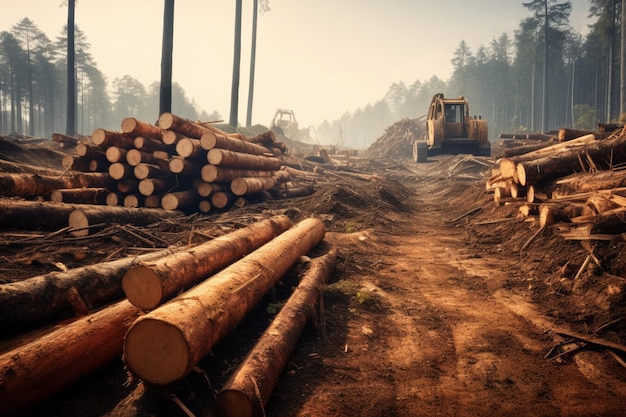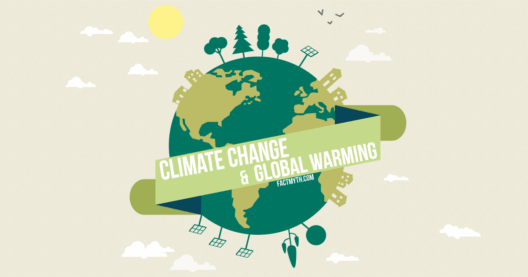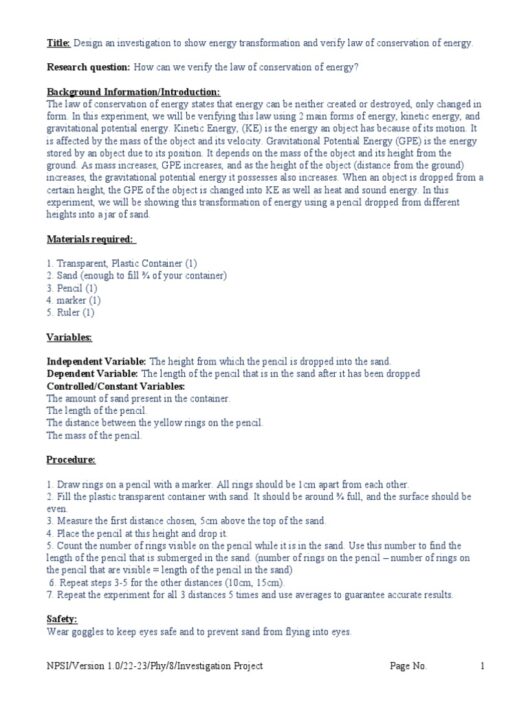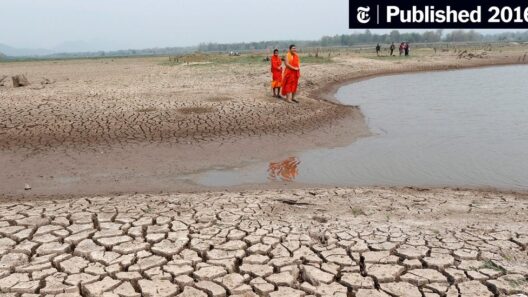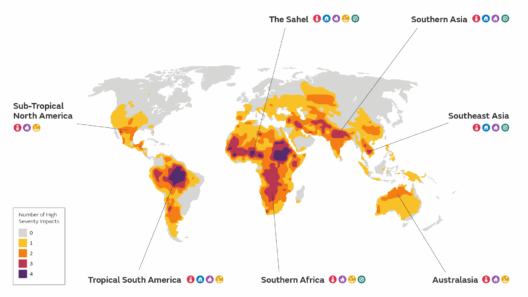Deforestation can be likened to a heavy curtain being drawn across a theater stage, dimming the light of life and altering the course of the narrative. As trees are felled and forests are cleared, the profound consequences echo through the delicate fabric of our environment, sending ripples through the intricate web of life. The correlation between tree removal and global warming is a tale woven with urgency—a compelling account of nature’s reliance on vegetation to maintain ecological balance.
At the heart of this issue lies the intrinsic role of trees in sequestering carbon dioxide, one of the primary greenhouse gases contributing to global warming. As trees grow, they absorb CO2 from the atmosphere during the photosynthesis process, acting as natural carbon sinks. When forests are decimated, not only is the capacity for carbon storage diminished, but the act of cutting down trees releases stored carbon back into the atmosphere, exacerbating the greenhouse effect. This duality of destruction lays bare the stark reality: each tree cut down is akin to opening a window to let in an unwelcome gust of warm air.
The plight of the Earth’s forests can be described as an exquisite tableau, where trees play the role of both guardians and healers. Forests provide a multitude of ecosystem services, ranging from soil stabilization to biodiversity conservation. When deforestation occurs, the cascade of negative impacts ensues. The loss of habitat for countless species leads to extinction and reduced biodiversity. Think of deforestation as a malicious gardener, pruning the life from a vibrant ecosystem, leaving behind a barren landscape devoid of its former glory.
Moreover, deforestation disrupts the water cycle. Trees play an essential role in maintaining hydrological balance, facilitating water infiltration and groundwater recharge. The absence of a canopy accelerates surface runoff, leading to soil erosion and diminished water quality. The results are destructive floods in some regions and debilitating droughts in others, highlighting how interdependent our environmental systems truly are. The connection is clear: as trees vanish, so too does the stability of local climates and weather patterns, cascading towards a global crisis.
Consider the plight of indigenous communities who call forests home. These forest dwellers rely on the land for sustenance and cultural identity. The act of deforestation is not just a loss of trees; it is a severing of cultural roots. Their stories and traditional knowledge about sustainable living intertwine with the forests, enriching the narrative of humanity itself. The axe that falls in the forest does not merely strike the trunk; it eviscerates a way of life, and the echoes of that impact resonate far beyond the trees.
Deforestation industry practices often stem from a demand for resources—timber, agriculture, and development. This exploitation fosters a relentless cycle where trees are sacrificed on the altar of progress. The land once lush with vegetation is replaced with monoculture plantations, offering short-term gains but leaving long-term ecological scars. When prosperity is prioritized over preservation, the repercussions can seem distant, yet they are felt acutely in climate instability and increased natural disasters.
As the world grapples with the tangible effects of climate change, deforestation stands as a critical factor in amplifying these phenomena. Increased temperatures, erratic weather patterns, and rising sea levels are inextricably linked to the loss of forested areas. These devastating outcomes serve as a clarion call; a reminder that the health of our planet hinges on the choices we make today. Reforestation efforts hold the promise of restoration, like a balm applied to a wound that allows the ecosystem to regenerate and heal.
It is imperative to recognize that the solution to combating global warming does not rest solely on curtailing deforestation but also on embracing sustainable practices. Implementing agroforestry, promoting responsible logging, and expanding protected areas can curtail the rampant destruction of our forests. Advocating for policies that prioritize ecological balance over economic gain can shift the trajectory towards a more sustainable future. The challenge lies in reimagining progress as symbiotic with nature rather than adversarial.
In examining the intricate dynamics between deforestation and global warming, the metaphor of a delicate tapestry becomes poignant. Each thread represents a tree, carefully woven together to create a stronger, more resilient whole. When threads (or trees) are removed, the fabric weakens, unraveling the connection that sustains the larger ecosystem. Thus, our imperative is not only to halt the unraveling but to actively contribute to the weaving of a richer, more vibrant ecological narrative.
The global community faces a daunting challenge as we confront the dual crisis of climate change and biodiversity loss. As the specter of climate change looms ever larger on the horizon, addressing the alarming rates of deforestation becomes critical. It is a clarion call to engage in informed action—promoting reforestation, supporting sustainable land-use practices, and investing in conservation. Just as each tree contributes to a forest’s vitality, each individual can play a role in fostering a sustainable environment for future generations.
In conclusion, the act of cutting down trees indisputably exacerbates global warming. The role of deforestation in altering our climate sends a message that echoes through time and space. With every tree felled, we strip away not only layers of oxygen and carbon dioxide regulation but also the stories of the life forms that depend on those mighty sentinels. The interconnectedness of our world beckons a response; it demands that humanity tread lightly and act decisively in favor of preserving our forests, our climate, and ultimately, our future.



